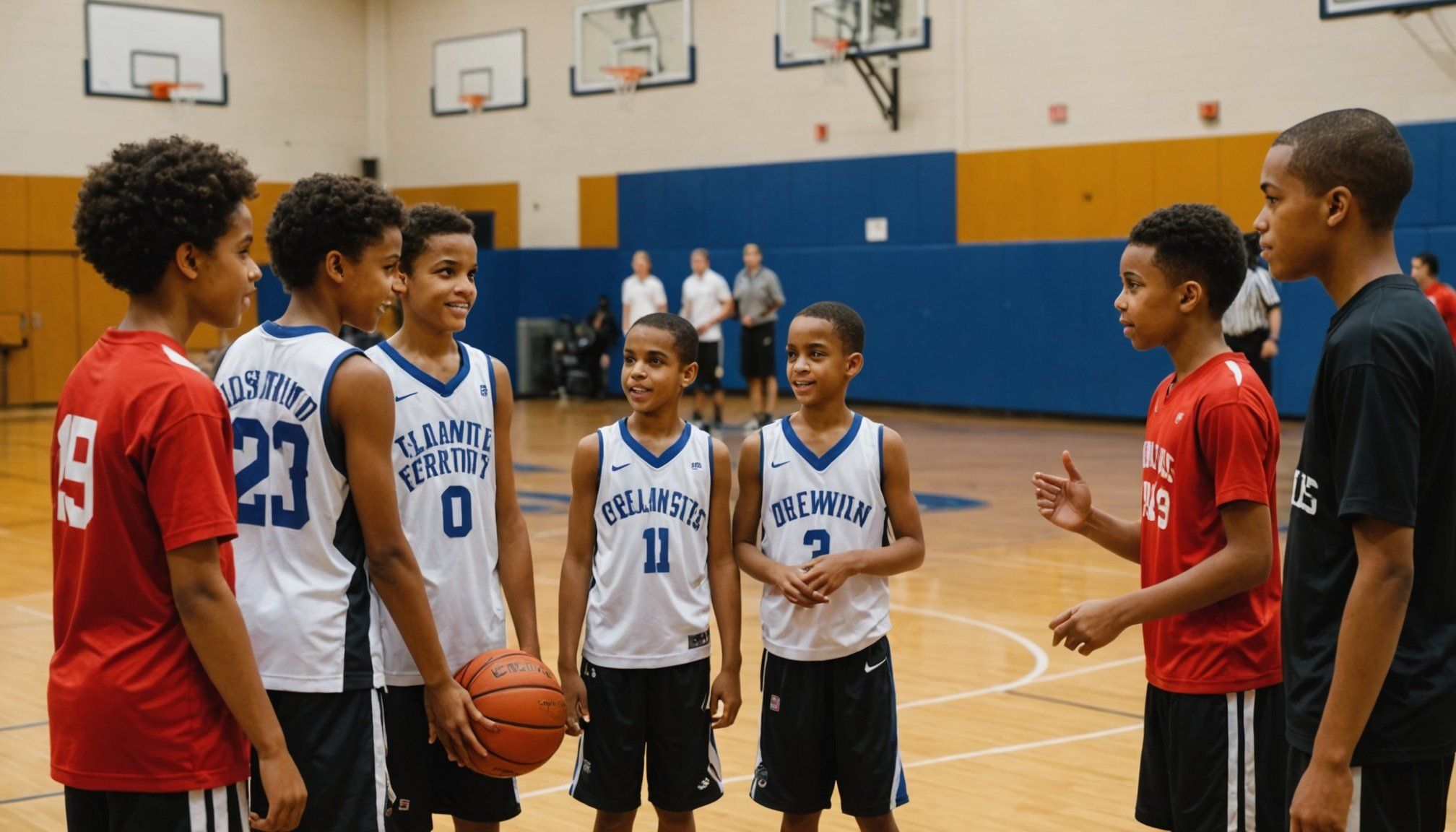Youth basketball programs have become a pivotal avenue for nurturing not just athletic talent, but also values like inclusivity and diversity. As communities strive to create environments where every young player feels welcome, these programs play a fundamental role in shaping the future of sports and society. By connecting individuals from various backgrounds, these initiatives promote healthy competition and camaraderie. In this article, we will explore how youth basketball programs can effectively foster inclusivity and diversity while benefiting the young athletes involved.
Understanding the Importance of Inclusivity in Sports
The importance of inclusivity in sports, particularly in youth basketball, cannot be overstated. Sports create a unique platform for young individuals to come together, learn, and grow. When children from different ethnicities, abilities, and socio-economic backgrounds participate in the same team, they learn essential life skills such as teamwork, empathy, and respect for others. These experiences are crucial as they help to break down social barriers and promote a sense of belonging.
Also to see : How can scouting reports enhance a team’s game plan in basketball?
Inclusivity in sports reflects the values of society as a whole. For young athletes, being part of an inclusive environment can enhance their self-esteem and confidence. They feel valued, which encourages them to participate more actively in training sessions and community events. Furthermore, inclusivity promotes healthier competition; players focus more on their development and the spirit of the game rather than just winning.
In youth basketball programs, it is essential to create an environment where every child feels they belong. This can be achieved by designing training sessions that cater to different skill levels and providing equal opportunities for all players to participate in matches. By fostering an inclusive culture, basketball programs not only develop better athletes but also cultivate community leaders who will champion diversity beyond the court.
Also to read : What are the implications of the three-point revolution in modern basketball strategies?
Building Diverse Youth Basketball Programs
Creating diverse youth basketball programs involves more than just recruiting players from various backgrounds. It requires a commitment to embracing differences and understanding the unique challenges faced by individuals within the community. Coaches and program organizers must prioritize representation and actively seek to diversify their teams. This could mean reaching out to schools in underrepresented areas or collaborating with community organizations that serve diverse populations.
A successful approach involves developing outreach programs that engage with children who may not typically participate in sports due to financial constraints or lack of access. Offering scholarships or free training sessions can attract a wider range of participants. Additionally, organizing community events that highlight diverse cultures can help demystify sports and encourage children to join.
The role of coaches is also crucial in promoting diversity. They should receive training on cultural competence and inclusive coaching techniques. This will enable them to effectively relate to and mentor athletes from different backgrounds. Coaches should advocate for all players, celebrate their unique skills, and foster an environment where everyone feels comfortable contributing to the team. By prioritizing diversity in youth basketball programs, we empower young athletes to embrace their identity and learn from one another.
The Role of Community in Supporting Youth Basketball
The community plays a vital role in supporting youth basketball programs and fostering a culture of inclusion. Local businesses, schools, and community centers can come together to create a robust support network that benefits young athletes. For instance, sponsoring teams or events can provide the necessary resources for equipment, uniforms, and facilities. This financial backing helps ensure that programs remain accessible to all kids, regardless of their economic background.
Collaboration with schools is equally important. Educational institutions can serve as venues for practices and matches, while also integrating physical education programs that promote basketball among students. Schools can play a crucial part in identifying talented young players and encouraging participation in local clubs or community leagues.
Moreover, community engagement initiatives that encourage families to participate can significantly enhance the inclusivity of basketball programs. Organizing family nights or tournaments where parents can engage with coaches and players fosters a supportive atmosphere. This strengthens the bond between families and the program, ensuring a more holistic development for the children involved. When communities rally behind their youth basketball programs, they create a safer, more inclusive space for young athletes to thrive and develop.
Training and Development for All Athletes
Training and development in youth basketball programs must prioritize the needs of every athlete, regardless of their skill level. An inclusive training environment encourages participation from all players, allowing everyone to progress at their own pace. Coaches should focus on developing individual skills while also promoting teamwork and collaboration among players.
To foster inclusive training, programs can implement a variety of drills and activities that accommodate different skill levels. For instance, breaking players into smaller groups based on their abilities allows for personalized feedback and attention. This not only helps less experienced players improve but also nurtures the skills of more advanced athletes. Mentorship from seasoned players can also be beneficial, creating opportunities for older athletes to guide younger ones, thereby strengthening the team dynamic.
Furthermore, incorporating health and wellness education into training can enhance the overall experience for youth athletes. Teaching young players about nutrition, injury prevention, and mental health creates well-rounded individuals. This holistic approach ensures that young athletes not only develop physically but also understand the importance of maintaining a balanced lifestyle. By focusing on comprehensive training and development, youth basketball programs can effectively promote inclusivity and diversity while nurturing the next generation of athletes.
In conclusion, youth basketball programs can serve as powerful tools for fostering inclusivity and diversity within communities. By prioritizing these values, we empower young athletes to thrive both on and off the court. A collaborative approach involving coaches, schools, and the community at large is essential to create an environment where every child feels welcome to participate. Through diverse training strategies and community support, we can ensure that youth basketball programs not only develop exceptional athletes but also cultivate empathy, respect, and a genuine understanding of the richness that diversity brings. As we look toward the future, let us continue to champion these ideals in every youth sports initiative.











